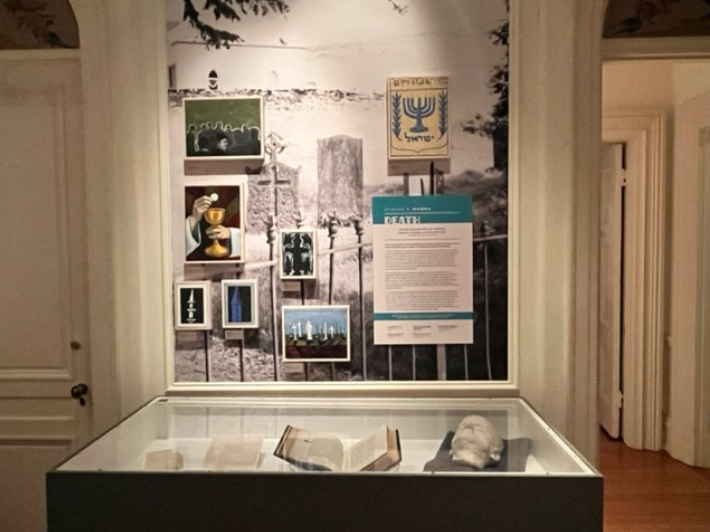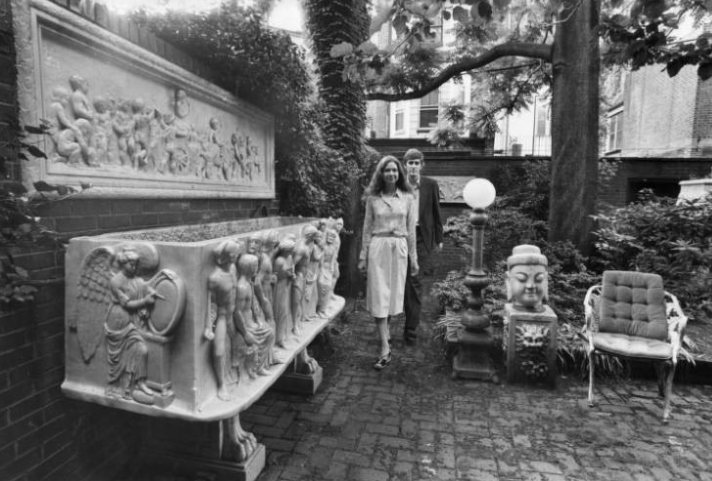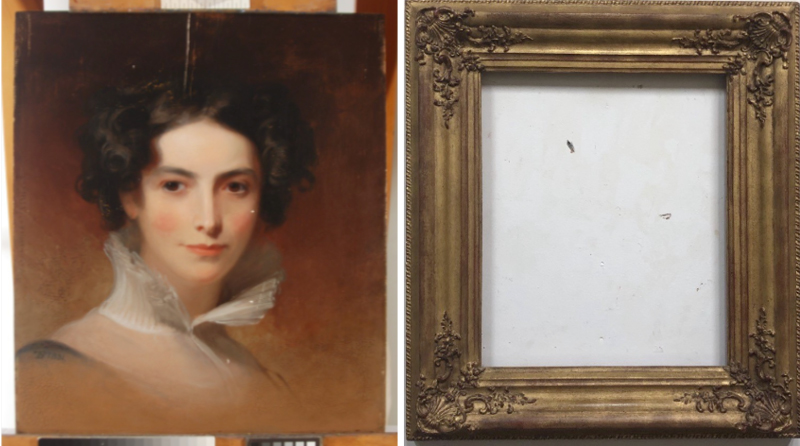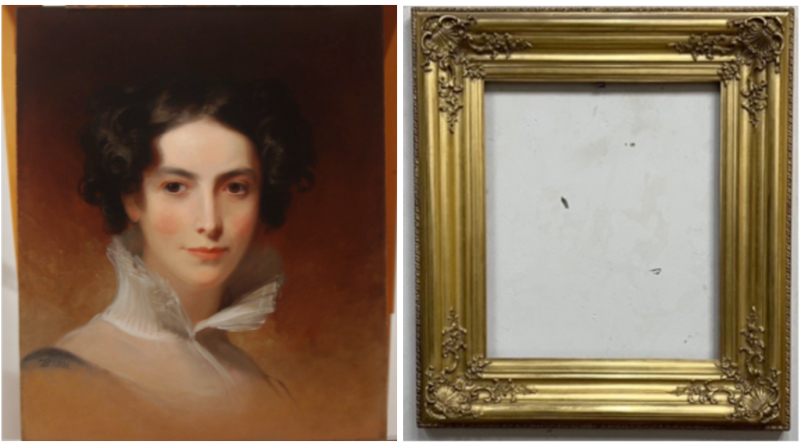
In this series, Curator and Senior Director of Collections, Judith M. Guston, will provide The Rosenbach’s Company with background and updates on the Collections Department’s strategic initiative to expand and improve the Rosenbach’s stewardship infrastructure.

on view at the Rosenbach through September 18, 2022
It’s been a busy summer here in the Collections Department! In early June, we installed our exhibition, 18 Reasons to Read Ulysses: A Centennial Celebration, in the galleries on the second floor of the historic house. We are planning for our summer 2023 exhibition, which will join selections from the personal collection of David Rosenbach Sackey, late board member and nephew of our founders, with objects from his uncles’ collections in a provocative dialogue about U.S. political history. As Associate Curator Alex Ames explains in this newsletter, our team also planned for and began to implement work on our new podcast season. Guided by Registrar Jobi Zink, loans from the collections have been on display at the Museum of the American Revolution (Judaica), the Morgan Library & Museum (Joyce), and the Beijing, Osaka, and Tokyo travel venues of an exhibition that originated at the Victoria & Albert Museum (Carroll). And, we continue to forge ahead with our stewardship work.
Cataloging
In our last installment, you met our Collections team and learned about our current database update and migration project funded by National Endowment for the Humanities (NEH). Work on that project continues at a rapid pace. A recent milestone stemmed from a decision our team made a few years ago to begin moving existing but outdated digital library records to PastPerfect, our Collections Management System (CMS), and the database otherwise reserved for our non-library collections. By doing so, we created a “holding area” for many library records, making the most basic information about these objects accessible and searchable for staff and the public until we are able to modernize our entire library catalog. To search these records in their interim state, you can access the database online.
We have recently added another tranche of these records as part of our NEH-funded project. It was our hope that the presence of these library records would make accessible a significant amount of information as we awaited a decision on our application for an Institute of Museum and Library Services (IMLS) grant. This grant would total $250,000 and support a three-year project to update our library catalog and make it accessible through WorldCat.
We are thrilled to share with you that, in early August, we were notified that we received this grant! We shared this news in a press release. This funding enables our new Collections Department staff to continue their valuable work with us, add the work of consultants, purchase software and subscriptions, and completely transform our institution’s relationship with audiences worldwide.
Conservation
In addition to ongoing conservation treatment of individual objects, such as the Qur’an Alex Ames describes in his essay, we have begun two projects that address important groups of objects from our fine and decorative arts collections.
Garden Sculpture
As part of our ongoing building and garden work, described in the last issue of this newsletter, the sculpture that decorated our historic garden (image below), from our founders’ time until its removal for safety reasons during the major renovations to our buildings (2000–2003), will be reinstalled in the garden in spring 2023 after extensive conservation. Including stone Buddha heads, 19th century reinterpretations of ancient sarcophagi, and cast-iron furniture, a total of 13 objects will make our outdoor space more engaging, more interpretable, and even more attractive for potential rental events. Most of these objects are currently being treated off site, including removal of old coatings and remediating mold and other deposits that formed underneath, general cleaning, minor repairs, and the creation of preservation-appropriate bases for reinstallation. We will have public “meet the conservator” events in the spring during the in-situ treatment of the final object.

Courtesy of the Special Collections Research Center. Temple University Libraries. Philadelphia, PA
Gratz Family Portraits/Frames
The museum holds 13 portraits related to the Gratz family, early Jewish residents of Philadelphia known for their work in philanthropy, public and religious education, and civic service, and who were also related to our founders. Six of these portraits were painted by Thomas Sully, two by Gilbert Stuart, two by Jane Sully Darley, and others by G.P.A. Healy, John Wesley Jarvis, and Matthew Harris Jouett. These portraits and the stories behind them are popular with our visitors and as loans to other museums.
Treatment to the paintings includes consolidation of flaking paint, repair of cracks to the single portrait painted on board, and revarnishing. Treatment to the frames includes removal of past “antiquing” efforts, repair to losses of ornament, and regilding consistent with original materials. We are nearly finished with the first half of this project, which has been funded completely by members of the larger Gratz family, several of whom were donors to this portrait collection. We are currently seeking funders for the remaining treatment and hope to complete this project by the end of the current fiscal year. An example of treatment outcomes is below.

Right: Frame of Rebecca Gratz (1831). 1954.1936. Gift of Henrietta Gratz Clay. Before treatment.

Right: Frame of Rebecca Gratz (1831). 1954.1936. Gift of Henrietta Gratz Clay. After treatment.
As we prepare for another important phase of stewardship modernization, I would like to recognize my colleagues in the Collections Department for their dedication to this work to make our collections safer, more interpretable, and ever more accessible to an expanding public. This work is often perceived as tedious and obscure. I hope that by highlighting more details through our communications and programs, it will be better understood as not only exciting, but essential to our long-term institutional health. We are all grateful for the support and encouragement of our colleagues and of staff and board leadership.
